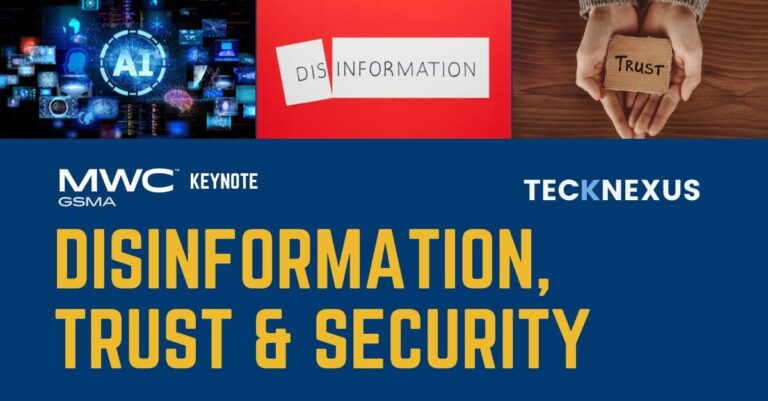Department of Telecommunications (DoT) Blacklists Entities for Sending Over 10,000 Scam Messages COAI
The Department of Telecommunications (DoT) and the Ministry of Home Affairs (MHA) have taken significant action against cybercrime by blacklisting eight entities found guilty of misusing their SMS headers to send scam messages. According to a recent press release, these entities dispatched over 10,000 fraudulent messages over the past three months. As a result, all eight telemarketing entities, along with their 73 SMS headers and 1522 SMS content templates, have been blacklisted. This decisive move follows the DoT and MHA’s directive to telecom service providers (TSPs) to block incoming international spoofed calls that display Indian mobile numbers.
DoT Committee Formation to Tackle Spam Communication
In February, the Ministry of Consumer Affairs held a crucial meeting to address the issue of unsolicited commercial communication (spam calls and messages). This meeting included participants from the Telecom Regulatory Authority of India (TRAI), the Cellular Operators Association of India (COAI), and various telecom companies. A key suggestion that emerged from this meeting was the formation of a committee tasked with drafting guidelines to curb spam calls, as reported by the Deccan Herald. The committee is working under the framework of the Consumer Protection Act, 2019, aiming to create robust guidelines to protect consumers from spam.
COAI’s Active Role in Anti-Spam Efforts
In a statement shared with MediaNama, COAI confirmed that it, along with its members, is an active participant in the committee. The organization emphasized its commitment to safeguarding consumers by preparing draft guidelines to tackle the issue of spam. Additionally, COAI mentioned that telecom companies are currently developing models to address the problem of spam calls effectively.
New Number Series for Marketing and Service Calls
One of the recent measures adopted to curb spam involves the separation of the number series used for marketing and service calls. On May 22, TRAI issued a press release announcing that businesses would now use two distinct numbering series: the 140 series for promotional calls and the 160 series for service and transactional calls. This separation aims to help customers easily identify the nature of incoming calls. However, there is some skepticism about the effectiveness of this measure in curbing spam calls and messages. Even if customers can identify spammers, they might still receive unwanted calls and messages, meaning the spam issue could persist.
Ongoing Challenges in Spam Prevention
Spammers’ Evolving Techniques Hinder Anti-Spam Efforts – TRAI has previously acknowledged the significant challenges in combating spam due to the ever-evolving techniques employed by spammers. These entities frequently change their methods, sometimes within a matter of hours, making it difficult for anti-spam measures to keep pace. To address this, TRAI instructed telecom operators to deploy an Artificial Intelligence (AI) and Machine Learning (ML) based UCC_Detect system. This system is designed to adapt to new patterns and techniques used by unregistered telemarketers. Despite these efforts, the persistence of spam and scam calls and messages, as highlighted by DoT’s recent press release, indicates ongoing challenges in fully mitigating this issue.
Financial Incentives and Their Impact on Anti-Spam Efforts – Another significant obstacle in the fight against spam is the financial incentive for telecom companies. Nikhil Narendran, a partner at the law firm Trilegal, explained last year that telecom companies benefit financially from carrying a large volume of calls and messages. This financial gain can conflict with efforts to reduce spam, as telecom operators might be less motivated to curb spam traffic that contributes to their revenue. Consequently, attempts to involve telecom companies as co-regulators in combating spam have proven to be less effective.
Future Steps and Measures Against Spam
Need for Stronger Anti-Spam Regulations – To create a more effective defense against spam, there is a growing need for stronger regulations and stricter enforcement. Regulatory bodies like TRAI and DoT need to continuously update and refine their strategies to stay ahead of spammers. This could involve more advanced technological solutions, stricter penalties for violators, and enhanced cooperation between various stakeholders, including telecom operators, government agencies, and consumer protection organizations.
Boosting Consumer Awareness on Spam Risks – Educating consumers about the risks associated with spam calls and messages is another crucial aspect. Awareness campaigns can help users recognize potential scam messages and take appropriate actions, such as reporting suspicious communications and avoiding sharing personal information. Enhanced consumer awareness can play a significant role in reducing the effectiveness of spam and scam operations.
Conclusion
The Department of Telecommunications and the Ministry of Home Affairs are making concerted efforts to combat the issue of spam and scam messages. By blacklisting entities involved in fraudulent activities, forming committees to draft protective guidelines, and adopting measures such as the separation of number series, they aim to create a safer communication environment. However, the persistent challenges posed by evolving spam techniques and the financial incentives for telecom operators highlight the need for ongoing vigilance and innovative solutions. Through continued regulatory efforts, technological advancements, and consumer education, the goal of reducing and eventually eliminating spam can be pursued effectively.























